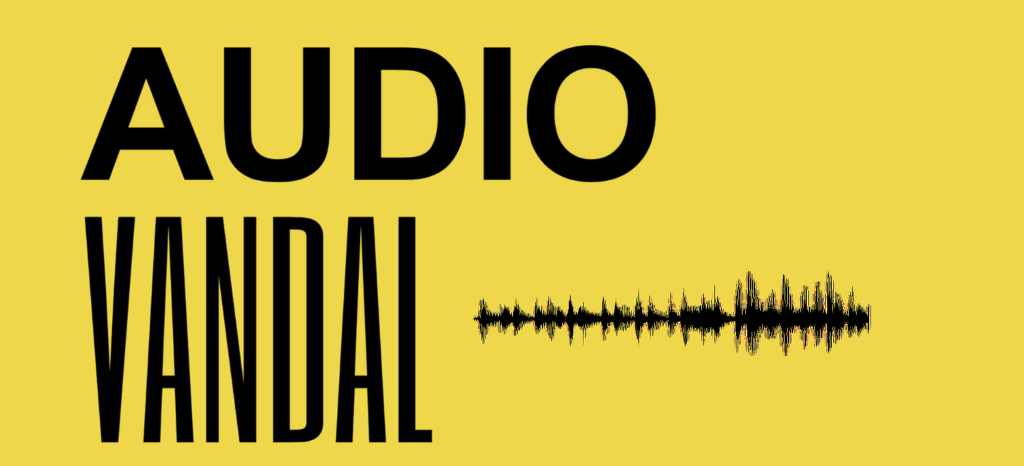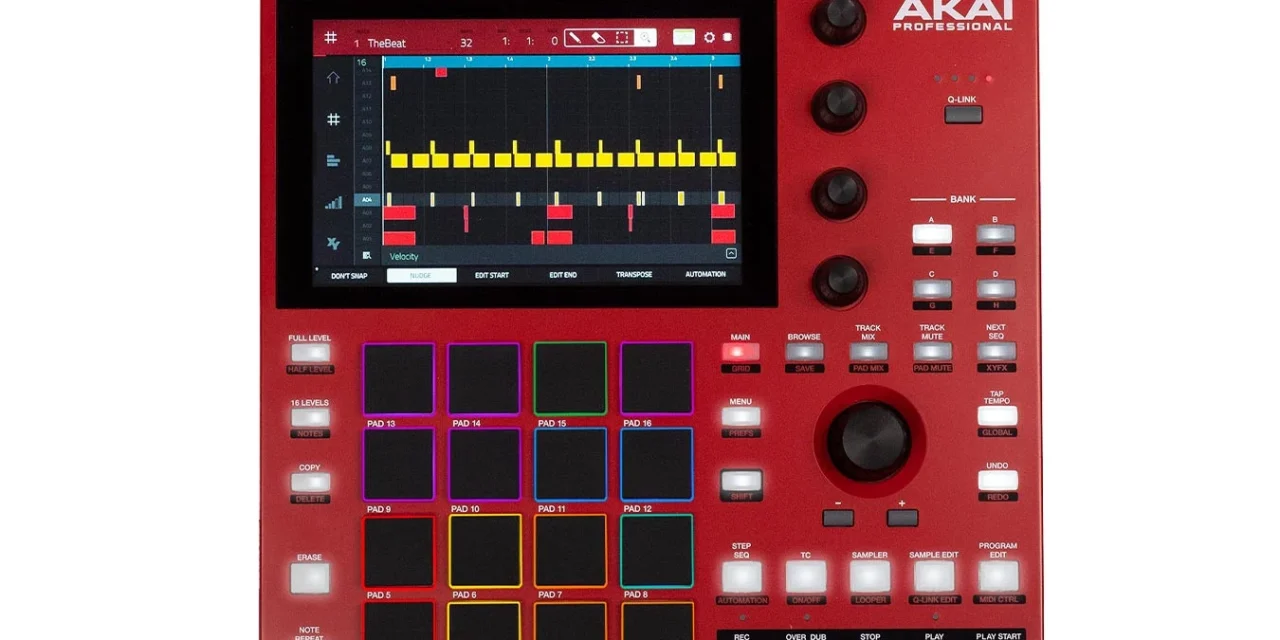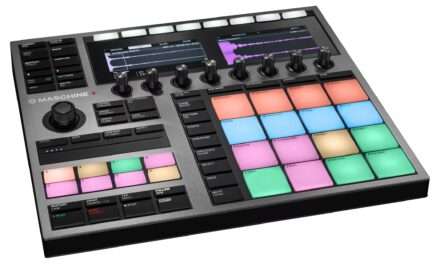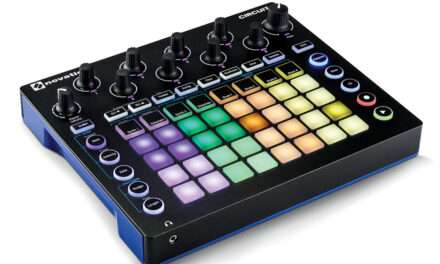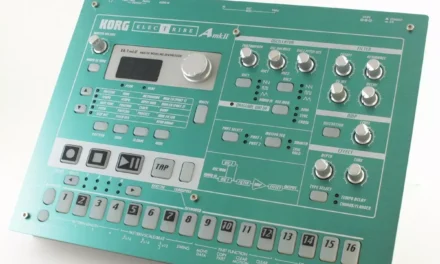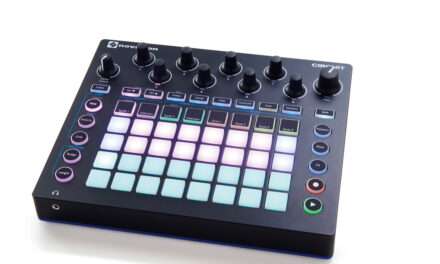The Akai MPC One+ is more than just a beat-making machine—it’s the latest chapter in the storied history of Akai’s MPC (Music Production Controller) series. For over three decades, MPCs have been the go-to tool for producers, beatmakers, and musicians, shaping the sound of hip-hop, electronic music, and beyond. The MPC One+ continues this legacy, offering a compact, standalone production powerhouse that combines the iconic MPC workflow with modern features. In this blog post, we’ll explore the history of the MPC One+ and how it fits into the evolution of Akai’s legendary MPC line.
The Birth of the MPC: A Revolution in Music Production
The story of the MPC begins in the late 1980s, when Roger Linn, a pioneering designer of drum machines, teamed up with Akai to create a new kind of music production tool. The result was the MPC60, released in 1988. The MPC60 was groundbreaking for its time, offering sampling, sequencing, and pad-based performance in a single device. Its intuitive workflow and tactile interface made it a favorite among producers, and it quickly became a staple in hip-hop and electronic music.
The MPC60 was followed by a series of iconic models, including the MPC3000 and MPC2000, which further refined the MPC’s capabilities. These machines were used by legendary producers like J Dilla, Pete Rock, and DJ Premier, who helped define the sound of 90s hip-hop and beyond.
The 2000s: MPCs Go Digital
In the early 2000s, Akai began to incorporate digital technology into the MPC line. The MPC1000 and MPC2500 introduced features like USB connectivity and CF card storage, making it easier to integrate MPCs into modern studios. These models also retained the classic MPC workflow, ensuring that longtime users felt right at home.
During this period, Akai also released the MPC500, a portable version of the MPC designed for on-the-go production. While it lacked some of the features of its bigger siblings, the MPC500 proved that the MPC concept could be adapted to different formats and use cases.
The 2010s: MPCs Meet Software
In 2012, Akai took a bold step by releasing the MPC Renaissance, a hybrid hardware/software system that combined the tactile feel of an MPC with the power of a computer. This was followed by the MPC Studio and MPC Touch, which offered more affordable options for producers looking to integrate the MPC workflow into their DAW-based setups.
While these models were well-received, many producers longed for a return to the standalone MPCs of the past. Akai answered this demand in 2017 with the release of the MPC Live and MPC X, the first standalone MPCs in over a decade. These machines featured touchscreen displays, built-in speakers, and battery-powered operation, making them the most advanced MPCs yet.
The MPC One: A Compact Powerhouse
In 2020, Akai introduced the MPC One, a more compact and affordable standalone MPC that brought the power of the MPC Live and MPC X to a wider audience. The MPC One retained the core features of its bigger siblings, including a 7-inch touchscreen, 16 velocity-sensitive pads, and standalone operation, but at a fraction of the price.
The MPC One was a hit with producers, offering a perfect balance of portability, power, and affordability. It quickly became one of Akai’s best-selling MPCs, appealing to both seasoned veterans and newcomers alike.
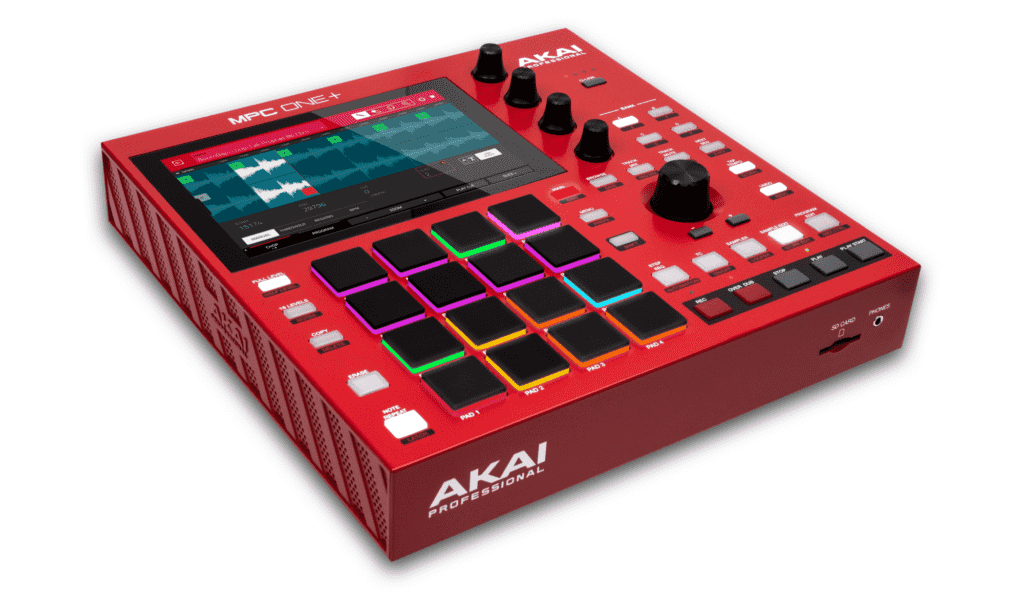
The MPC One+: The Next Evolution
In 2023, Akai unveiled the MPC One+, an upgraded version of the MPC One with enhanced features and performance. The MPC One+ builds on the success of its predecessor, offering:
- Double the Storage: 16GB of internal storage (up from 8GB) for samples, projects, and plugins.
- Wi-Fi Connectivity: Built-in Wi-Fi for wireless updates, plugin downloads, and cloud integration.
- Enhanced Workflow: Improved processing power and a streamlined interface for faster, more intuitive production.
The MPC One+ also comes with MPC Software 2.0, which includes a suite of virtual instruments, effects, and plugins. This makes it a versatile tool for everything from beat-making and sampling to full-track production.
Why the MPC One+ Matters
The MPC One+ is more than just a beat-making machine—it’s a testament to Akai’s commitment to innovation and accessibility. By combining the classic MPC workflow with modern features, the MPC One+ offers something for everyone, from beginners to seasoned professionals.
- For Beginners: The MPC One+ is an affordable and user-friendly entry point into the world of MPCs, with plenty of tutorials and resources to help you get started.
- For Professionals: The MPC One+ offers the power and flexibility needed for professional production, with standalone operation and seamless integration with DAWs.
- For Live Performers: The MPC One+’s compact size and battery-powered operation make it ideal for live performances and on-the-go production.
The Legacy Continues
The MPC One+ is the latest chapter in the history of Akai’s MPC series, a legacy that has shaped the sound of modern music for over three decades. From the gritty beats of 90s hip-hop to the polished productions of today, MPCs have been at the heart of it all.
With the MPC One+, Akai has once again proven that the MPC is more than just a tool—it’s a way of making music that inspires creativity and innovation. Whether you’re crafting your first beat or producing a chart-topping hit, the MPC One+ is ready to help you bring your ideas to life.
Final Thoughts
The Akai MPC One+ is a modern classic, combining the best of the past with the possibilities of the future. Its history is a story of innovation, creativity, and a commitment to empowering musicians. If you haven’t yet experienced the magic of an MPC, the MPC One+ is the perfect place to start. Fire it up, let your creativity flow, and see why the MPC remains a legend in the world of music production.

